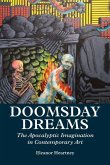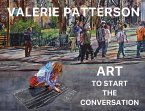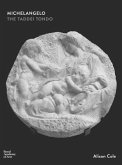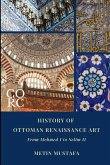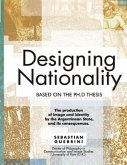This book aims to re-orient the narrative of Sinan's use of the fine art of Iznik çini (tiles) within the context of the Renaissance humanist paradigm. The study compares the fine art of Iznik çini of the Mosque of Rustem Pasha (1560-61) by the Ottoman imperial architect and artist Sinan, with the monumental buon' fresco of one of the giants of the Renaissance-Michelangelo's Last Judgement in the Sistine Chapel in the Vatican (1541). The alternative reading of these two works, as undertaken in this study, looks beyond the grand-scale production of the two works in order to examine the allegorical message they convey. Such a comparison underpins the Mediterranean zeitgeist exemplified by the early modern art of Italy and Ottoman Istanbul in the sixteenth century. Inspired by their respective religious and intellectual traditions, the works of Michelangelo and Sinan converge thematically. Close analysis of the two works from anagogical and eschatological paradigms based on the religious themes alluded to in the New Testament and the Qur'an respectively: 'Salvation', 'Act of Judgement', 'Self-reflection' and 'Predestination' including the Isra and Mi'raj narratives of Prophet Muhammad influencing Dante's (d. 1321) Divine Comedy, establish the meeting point between Michelangelo and Sinan. Furthermore, applying the Sufi humanist, Ibn Arabi's (1165-1240) theophanic (visible manifestations of God to humankind) experience of the Divine, and the Jungian theory of religious symbolisms providing a deeper sense of meaning to one's existence, the book establishes a link between the art of Michelangelo and Sinan. From these perspectives the pan-European notion of the Renaissance begins to dissipate and instead offers a more inclusive understanding of the period in discussion. Therefore, the underpinning of this argument promotes the broadening of our understanding of the shared heritage in the Mediterranean during the sixteenth century.



